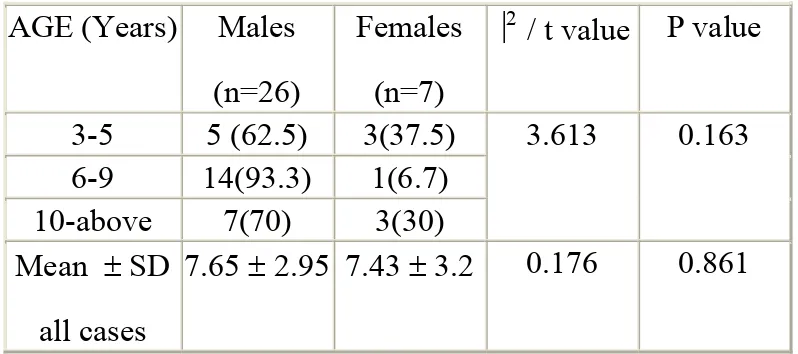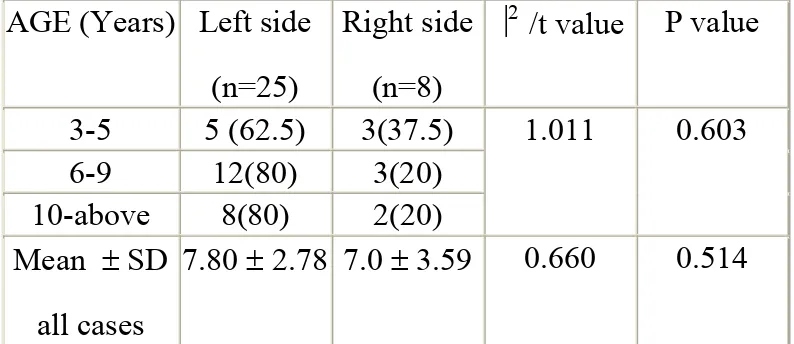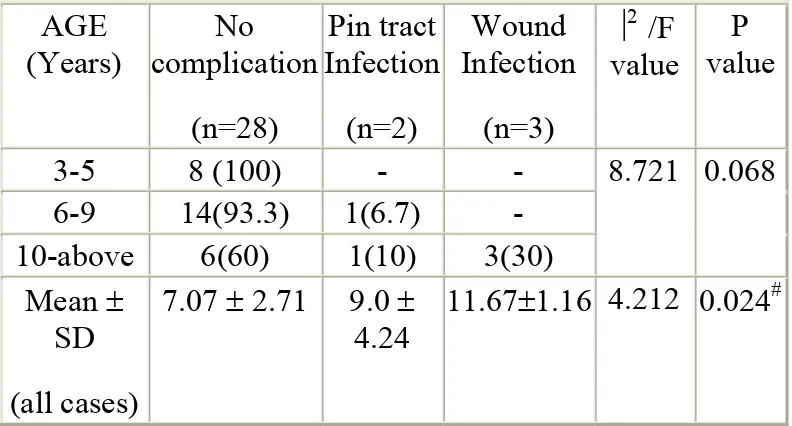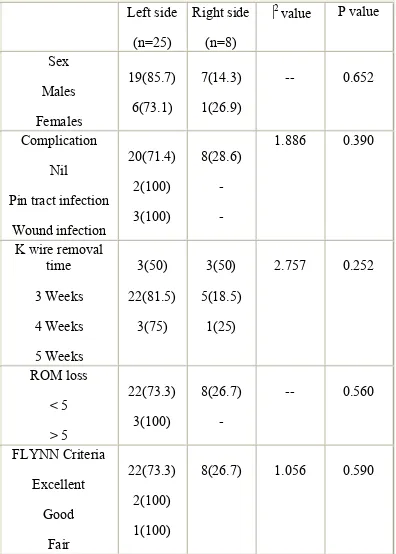Management of gartland type III supracondylar fracture of humerus in children by open reduction and internal fixation using crossed K-wires: A Short term follow up study
Full text
Figure




Outline
Related documents
Patients were treated with open reduction of the fracture site along with internal fixation using TBW (K wires or 4mm cancellous screws), with or without
Material and Methods: We performed prospective study of 122 supracondylar humerus fracture type 3 in children by open reduction and internal fixation with crossed Kirshner wires
Comparative study of surgical treatment of supracondylar humerus fractures Gartland’s extension type III in children by closed reduction and pinning versus open reduction and
This clinical study of surgical management of supracondylar fracture of humerus in children was conducted to evaluate the causes of failed closed reduction, to
The purpose of this study is to determine the efficacy of management of displaced supracondylar fractures using closed reduction with percutaneous K-wire pinning and
Our series consists of 20 cases of displaced (Gartland’s Type III) supracondylar fractures of humerus in children treated by either closed reduction and percutaneous K
The purpose of study was to compare the surgical outcome of treatment of supracondylar humerus fractures Gartland’s extension type III by using closed reduction and
Materials and Methods: A total of seven children with irreducible Gartland Type III supracondylar humeral fracture were treated with closed reduction and lateral

